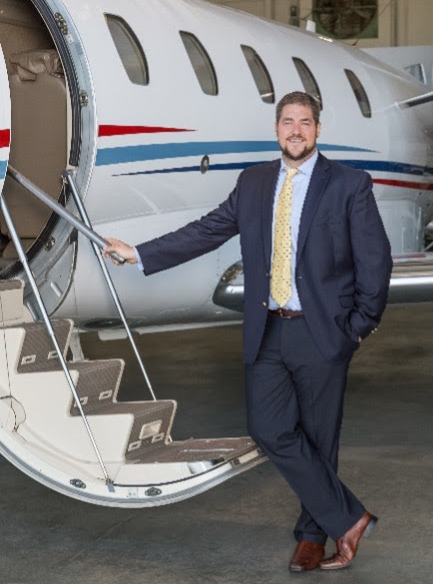
The National Air Transportation Association announced an enhanced focus on Advanced Air Mobility (AAM) relative to general aviation infrastructure and air charter operations development. To shore up this effort, Megan Eisenstein will shift her responsibilities from Managing Director of Industry and Regulatory Affairs to Managing Director of Industry Affairs and Innovation to lead NATA’s initiatives while Ryan Waguespack will serve as Senior Advisor (AAM) to foster the connection between this emerging sector and the Part 135 environment.
On November 2, NATA convened its first AAM Committee meeting in conjunction with its Aviation Business Conference in Miami and plans for a second meeting in Washington, DC, in January, along with a half-day Town Hall for information sharing and connecting with NATA members.

“We are excited to expand NATA’s efforts to lay a solid foundation for emerging industry entrants and new technologies under the leadership of Megan and Ryan,” stated NATA President and CEO Curt Castagna. “Megan has a keen understanding of the aviation business landscape, our industry’s sustainability advancements, and the public-private partnerships required to unite key stakeholders and prepare our members by empowering their success. Ryan is invaluable to this effort as he brings a wealth of air charter operation knowledge and an ability to think creatively and build community.”
NATA’s recent webinar, “How New Industry Entrants are Changing the General Aviation Landscape,” provided stakeholder input on the path forward for FBOs and airports planning to service the next generation of aircraft and addressed sustainable infrastructure, such as vertiports, where innovative solutions in transporting people and goods will impact the overall aviation ecosystem. Webinar special guest Nate Ward of BETA Technologies outlined the requirements for building an electric charging infrastructure for eVTOL aircraft, suggesting a timeline of at least a year in advance of their arrival for charging equipment acquisition and implementation.
“The efficiency and effectiveness of AAM development and integration will require strategic leadership to address immediate needs related to ground service, operations, maintenance, and public acceptance. With guidance and input from key stakeholders on our new AAM committee, NATA has the right team in place to drive success in all focus areas for aviation businesses,” added Castagna.


